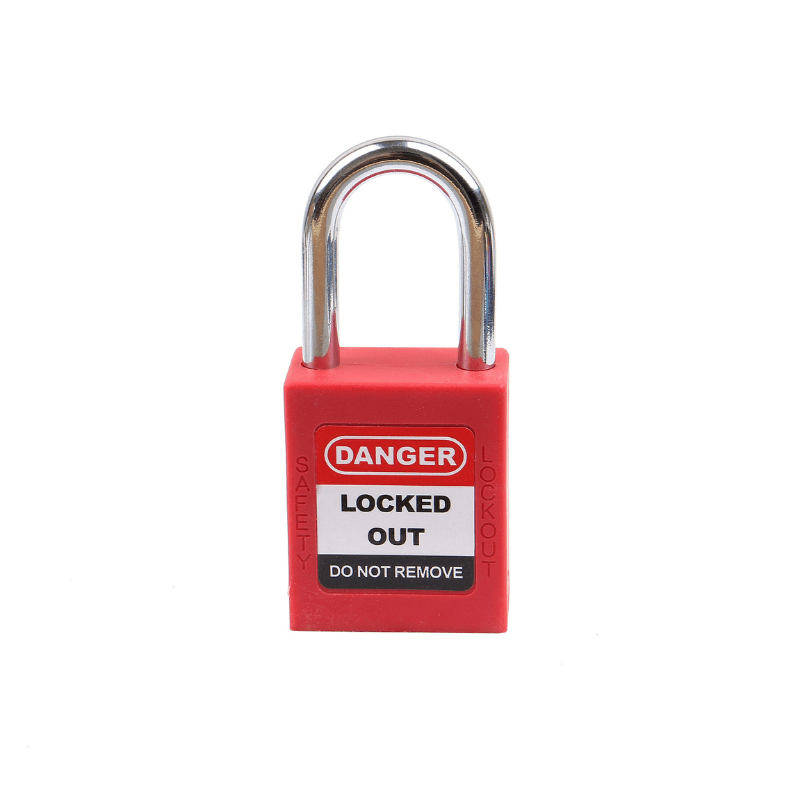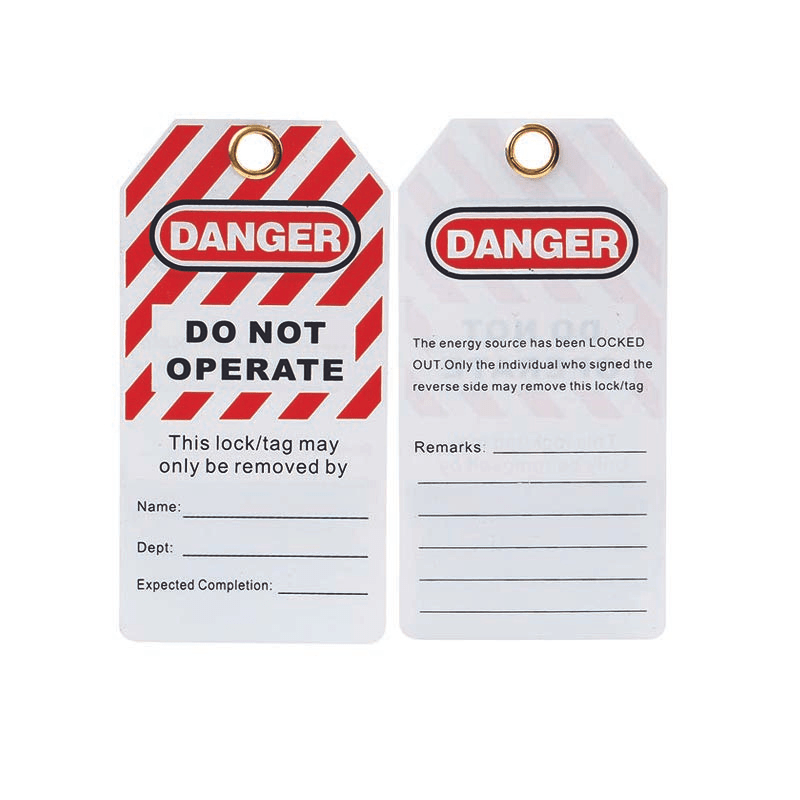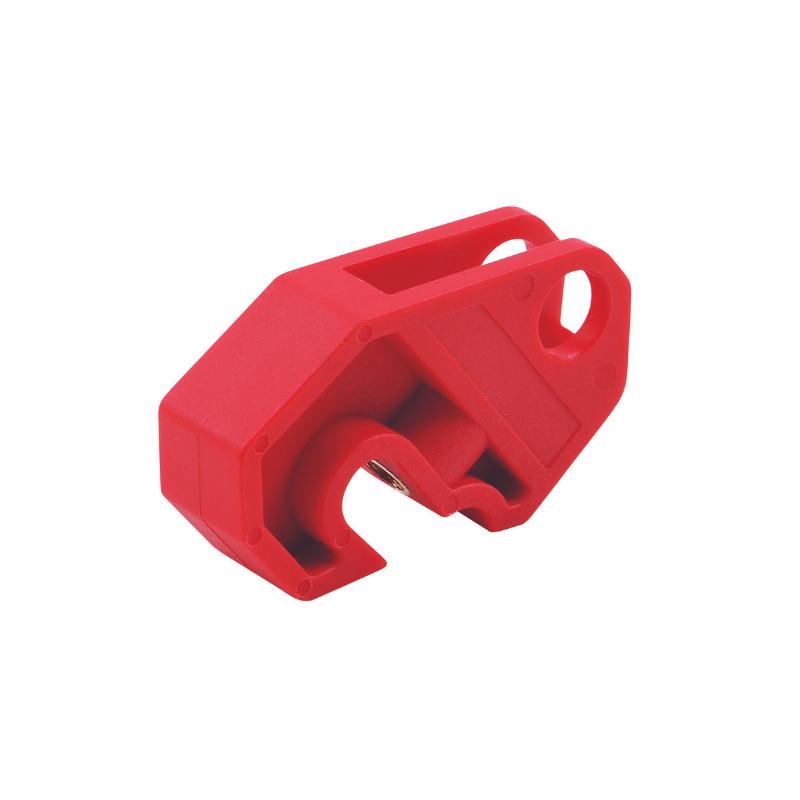Table of Contents
- Keyed Alike (KA): One Key for Multiple Locks
- Keyed Different (KD): A Unique Key for Every Lock
- The Hybrid Solution: Master Keyed (MK) Systems
- The Final Verdict: Which System is Best?
Keyed Alike vs. Keyed Different: Choosing the Right Padlock for Your Lockout/Tagout Program
In the world of workplace safety, few procedures are as critical as Lockout/Tagout (LOTO). It's the essential line of defense that protects workers from the unexpected release of hazardous energy. At the heart of every effective LOTO program is a simple but vital tool: the padlock.
However, not all padlocks are created equal. The choice between using keyed alike or keyed different locks is a fundamental decision that directly impacts the safety, efficiency, and security of your entire operation. Let's break down the differences to help you make the right choice.
Keyed Alike (KA): One Key for Multiple Locks 🔑
Keyed alike locks operate on a simple principle: one key can open multiple locks. Imagine a maintenance team that works on a specific production line. With a keyed alike system, every member of that team could have a single key that opens every LOTO lock on that line, granting them immediate access where and when they need it.
Advantages:
- Convenience & Efficiency: Workers don't have to fumble through a heavy ring of keys. They carry one key, which speeds up the process of isolating and servicing equipment, ultimately reducing downtime.
- Simplified Key Management: For small, dedicated teams, managing a single key type is far simpler than tracking dozens of unique keys.
Disadvantages:
- The Single Point of Failure: This convenience comes with a significant security risk. If one key is lost or duplicated, every lock in that set is compromised. This undermines the core LOTO principle of one person having sole control over their lock.
- Lack of Personal Responsibility: When multiple people can remove any lock, accountability becomes blurred. This can lead to dangerous situations where one worker mistakenly removes another's lock, believing the work is complete.
Keyed Different (KD): A Unique Key for Every Lock 🔒
This is the most common and widely recommended system for personal LOTO locks. In a keyed different system, every single padlock has its own unique key. No two locks are the same. This aligns perfectly with the OSHA standard of "one person, one lock, one key."
Advantages:
- Maximum Security & Accountability: With a keyed different lock, only the person who placed it can remove it. This creates a clear, undeniable chain of responsibility and ensures a worker is personally safe until they have finished their task and removed their own lock.
- Prevents Accidental Removal: It is physically impossible for a coworker to mistakenly remove someone else's lock, providing the highest level of personal protection.
Disadvantages:
- Key Management Complexity: As the number of locks increases, so does the number of unique keys that must be managed and stored. For workers who need to isolate many energy sources, this can mean carrying a large number of keys.
- Potential for Inconvenience: If a worker leaves for the day and forgets to remove their lock, it can cause significant delays, as procedures must be followed to safely remove the "abandoned" lock.
The Hybrid Solution: Master Keyed (MK) Systems
There's a third option that offers a blend of control and convenience: master keyed systems. In this setup, every lock is keyed different (providing personal safety), but a supervisor holds a master key that can open any of the locks in an emergency or for auditing purposes. This is often used for things like lock-out boxes or for supervisory oversight.
The Final Verdict: Which System is Best?
For personal safety during Lockout/Tagout, keyed different locks are almost always the superior and recommended choice. They provide the unmatched security and personal accountability that is the foundation of a safe LOTO procedure.
However, the best system depends on the application:
- For Personal Locks: Use Keyed Different (KD) to ensure each employee has sole control over their own safety.
- For Team Lockouts: Consider Keyed Alike (KA) for equipment or department lock boxes, where multiple authorized team members need access to the keys inside.
- For Supervisory Oversight: A Master Keyed (MK) system allows for emergency removal and auditing while maintaining the integrity of individual keyed different locks.
Ultimately, a robust LOTO program may use all three types of locks for different purposes. The key is to analyze your specific needs and prioritize safety above all else.
Ready to build a safer, more compliant LOTO program? At The Lock Box, we specialize in helping facilities design robust safety systems. Explore our complete range of keyed alike, keyed different, and master keyed padlocks to find the perfect solution for your needs.



